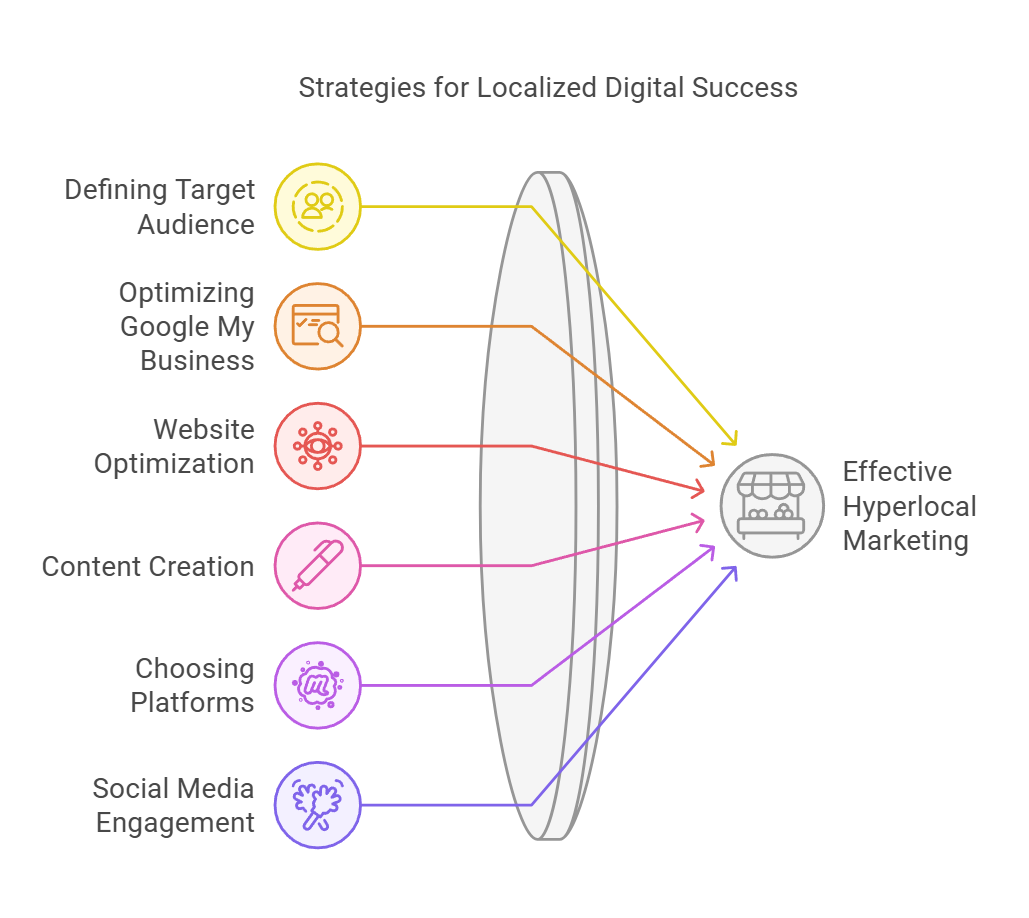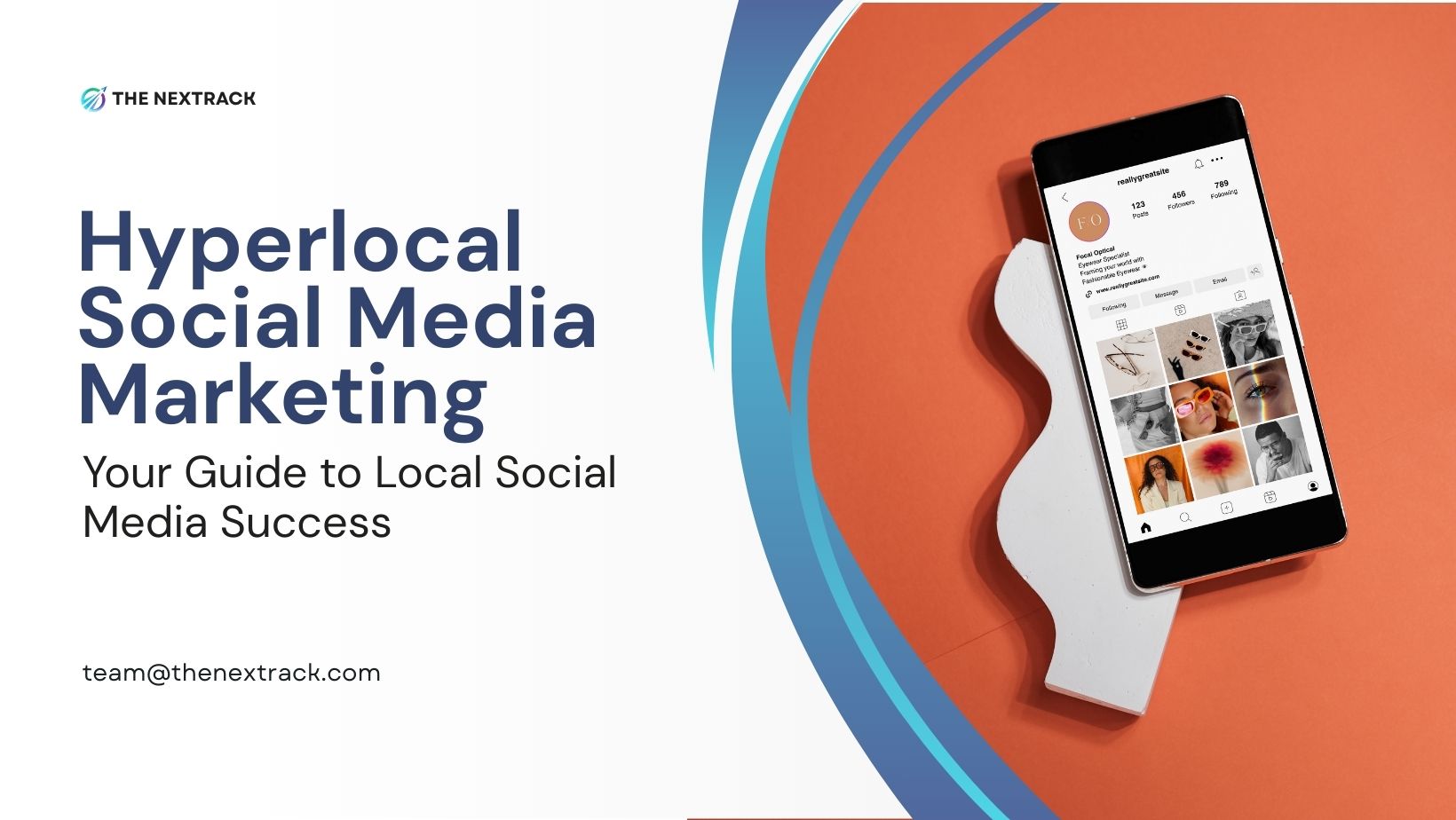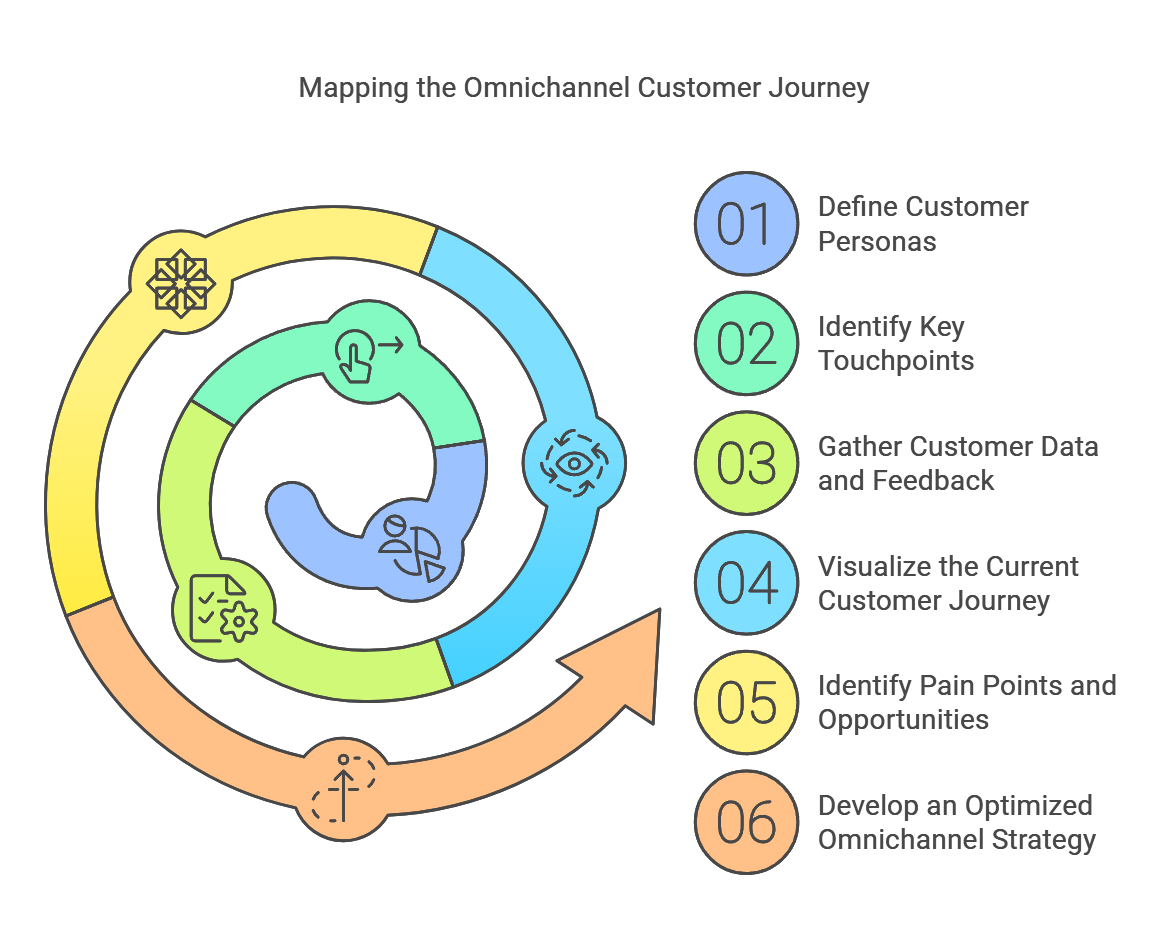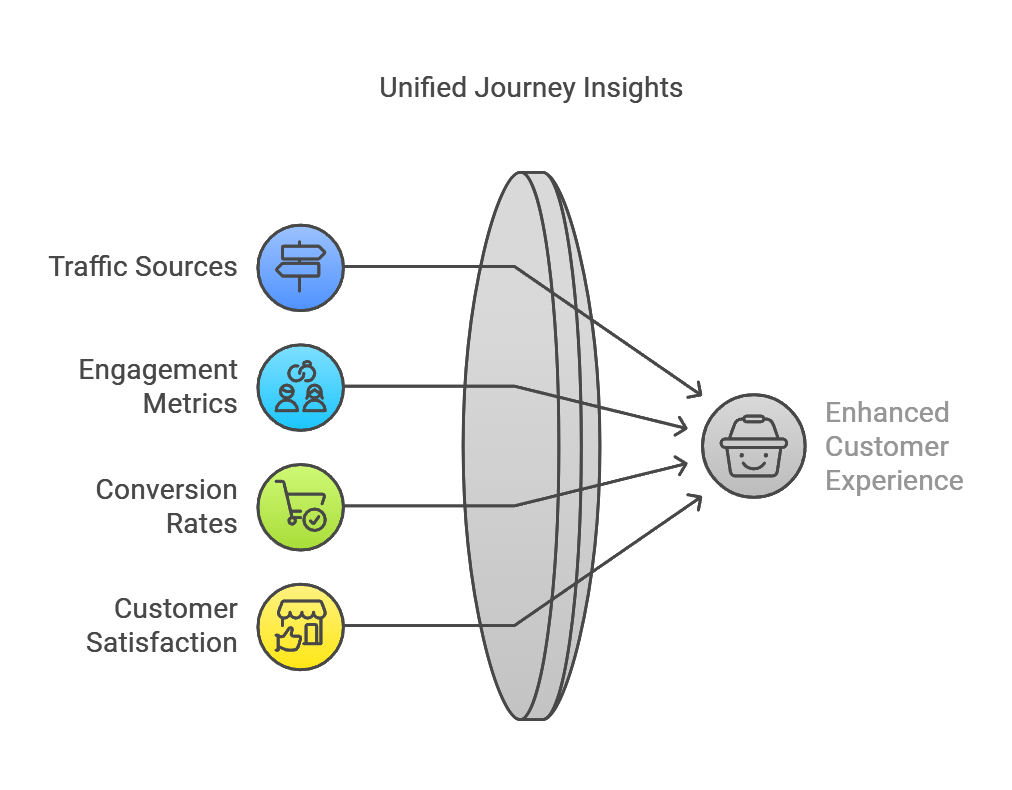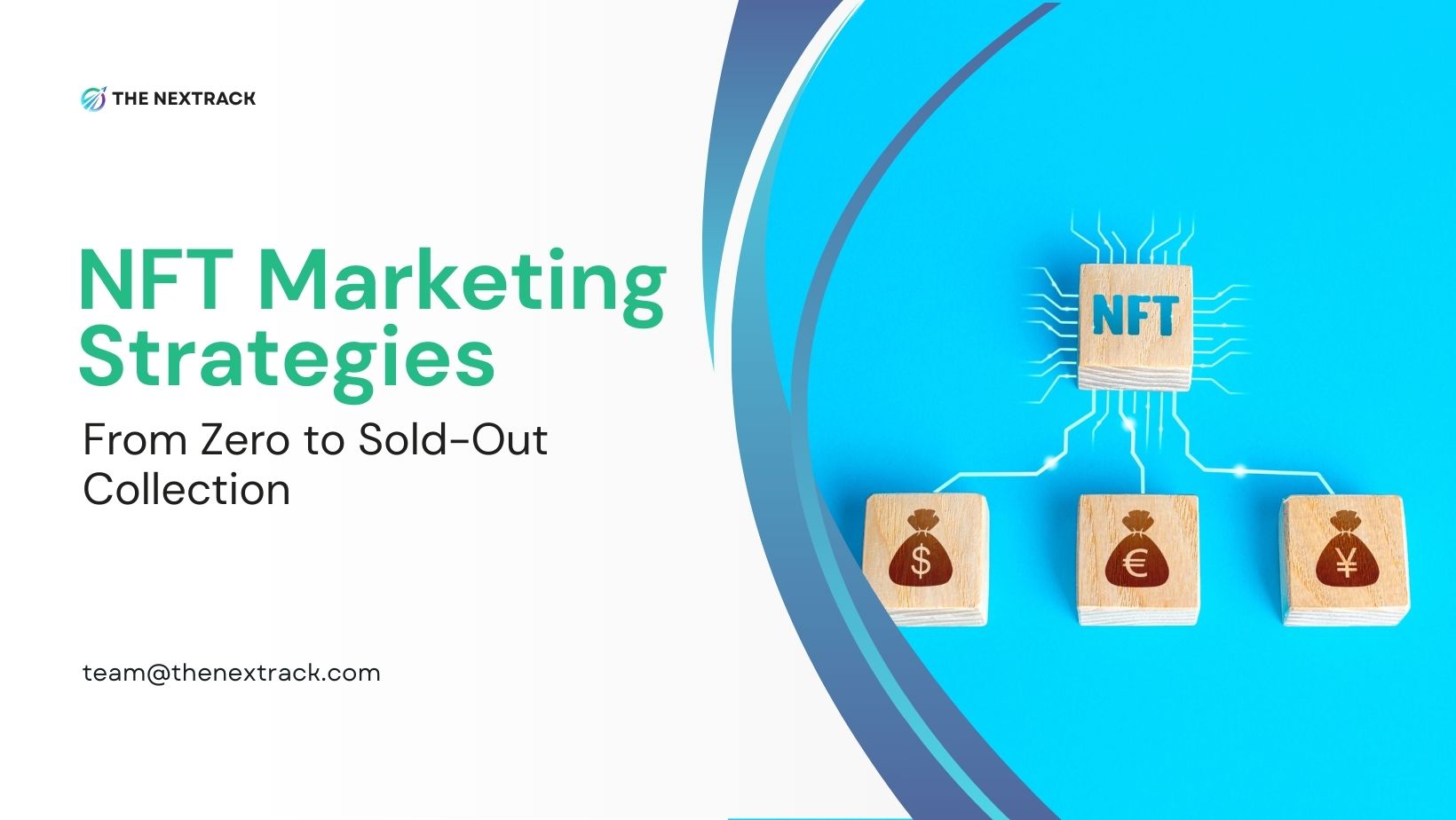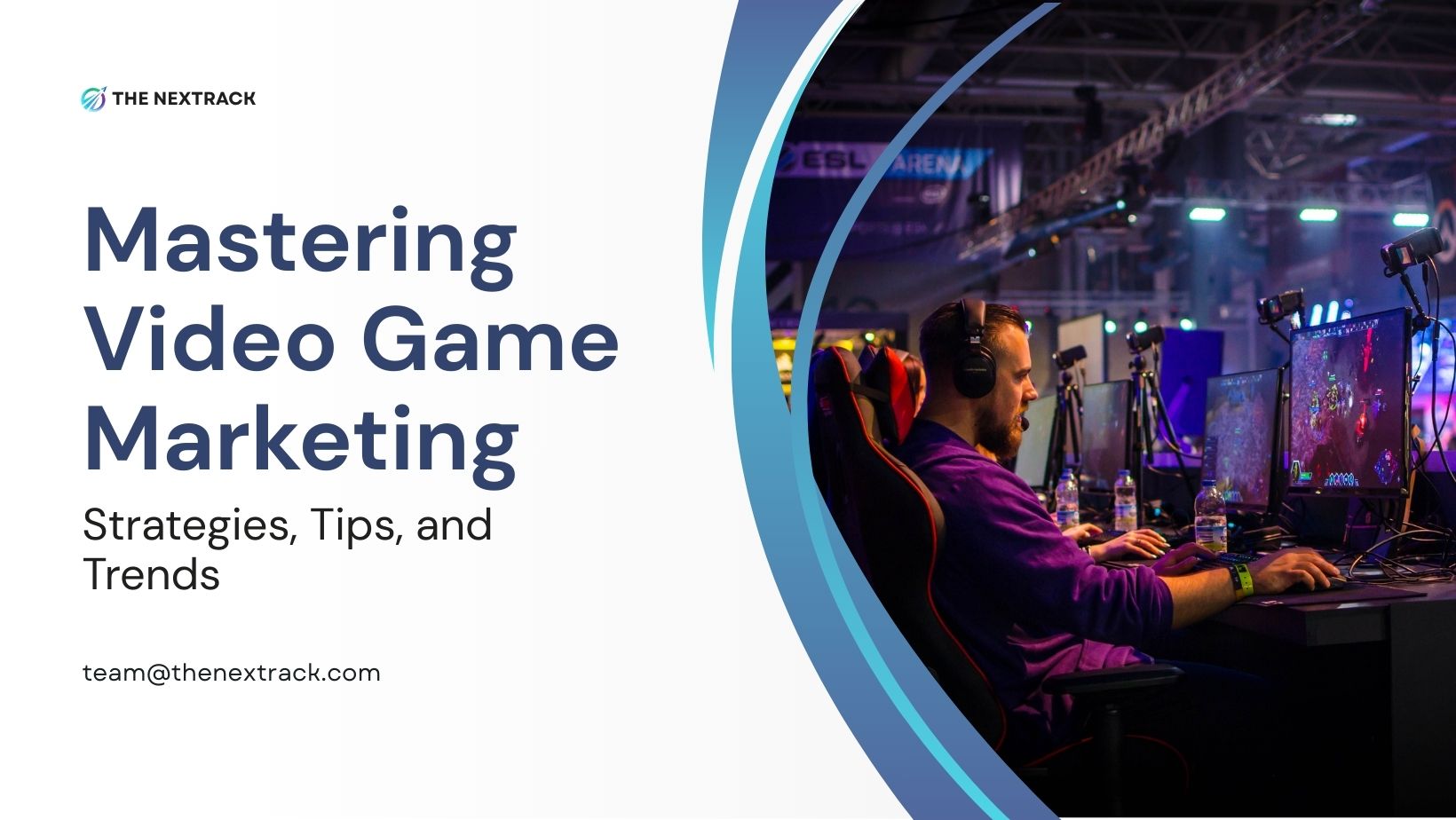Introduction: The Power of Predictive Sales Forecasting
In the competitive world of modern business, one thing is certain: It is all about increasing sales and controlling and accurately predicting future inventory need and sales. That is where predictive sales forecasting and ROI comes into the picture. To put it quite literally, predictive sales is a monumental system that entails the analysis of historical and present sales data to define the upcoming sales outcome. It enables business organizations to make sound statistical projections of revenues expected in the business with high accuracy, strategies effectively and enhance their operation.
Today it is impossible to perform just instincts and rough guesstimates, when the pace of business is faster then ever. The sales predictiveness, and the predictiveness in general provide the business with an advantage by enabling the organizations to determine in advance trends, or the needs of the customers or even the changes that are likely to happen in the market. But how does predictive sales become so effective? And how can the later implement it effectively? In this guide, you will learn everything you need to know about predictive sales, its advantages, and how to use it for sales revenue growth.
What is Predictive Sales Forecasting?

In its simplest form, predictive sales forecasting is the use of statistical models, machine learning and data analytics to establish future potential performance. As opposed to an ordinary sales forecast that only uses the quantitative data, orients at the opinion of an expert, the predictive sales forecast analyses deeper into the sales history, tendencies on the market, customers’ behavior, etc.
In salesande business, predictive analytics in sales allows for the ability to predict sales, not only by intuition, but by effective data analysis. For example, predictive sales analysis might reveal trends regarding a customer’s likelihood to buy after which they will likely to buy or the extent to which a customer is likely to spend and what products he or she is more likely to be interested in.
The main difference between Traditional Forecasting vs. Predictive Sales Forecasting
Traditional Forecasting: It uses historical data, behavioral graphics and simple analysis approaches to estimate future sales. It usually encompasses straightforward instruments and heuristics consideration.
Predictive Sales Forecasting: Employ complex data, statistical models, and machine learning to make high precision forecasted. This takes into account previous bottom line performances, stock performance, trends and customer/consumer purchasing habits to provide tangible recommendations.
To this end, through utilizing historical data to look for patterns and trends, sales forecasting can uncover voluminous opportunities that businesses need to unravel.
The advantages of Predictive Sales
Now, let’s explore the key benefits of predictive sales and why it’s an essential strategy for modern businesses:
1. Improved Accuracy
Another important strength of predictive sales, it is its efficiency. Sales forecasting being purely predictive gives a far better estimate than normal methods, enabling organizations to set achievable targets, plan resource utilization and avoid expensive mistakes.
2. Getting to Know Customers Better
With help of predictive analytics in sales, the business can gain better insights on its customers and how they behave in terms of consumption. The historical data allows firms to calculate a customer behaviour pattern and adjust sales strategies to the changes in this pattern. This results in customized products that enhance customer base as well as high conversion rates.
3. Optimized Marketing Campaigns
As for the usefulness of the idea, predictive analytics in sales helps determine which promotions will be successful. This means that firms get to understand customer segments with the greatest engagement and conversion rates so as to come up with better marketing campaigns.
4. Resource Optimization
Sales forecasting in an efficient way help in managing number of essential elements such as inventories and personnel selling force in a strategic manner. By using accurate data, companies will be in a position to avoid instances of using a lot of capital in products with little demand hence cutting down their losses enormously as they will be ready to face the market demands in the future hence entering the market with high profits.
5. Risk Mitigation
In this case, it will also be easier to detect and avoid potential risks given by predictive analytics in sales. For instance, through the examination of environmental conditions such as markets forces and the economic surroundings of a business, it becomes easier to prevent the occurrences of such mishaps since they are likely to have evaluating their strategies more frequently and narrowly in response to the detection of disruptions.
Implementing Predictive sales forecasting and ROI : A Step-by-Step Approach
1. Data Collection
Any predictive sales does start with collecting the right data.. This is both the internal data and the external one.
- Internal Data: Customer transaction histories, product costs, promotion information, sales force data, etc.
- External Data: Stock market movements, gross domestic product, tweets and posts, competitor activities, and the like.
To have reliable and accurate sales forecasts, organizations must have both broad and rich datasets.
2. Statistical Analysis
After obtaining the data statistical analysis is used in establishing trends, pattern and seasonality of the sales. Some of these include, using regression analysis, time series analysis or the seasonal decomposition technique in making sense of historical performance and coming up with the best probable future performances.
3. Predictive Modeling
In this stage, other sub-heading include: machine learning algorithms and data mining techniques to construct models. Some common predictive modeling techniques include:
- Linear Regression: Defines the dependence of one factor on other factors and determines further values.
- Time-Series Analysis: It also assists in predicting future sales since time sales analysis is made.
- Random Forests and Gradient Boosting: These are used in more precise and sophisticated analysis that has to do with prediction.
As new data becomes available, the information used in the models for prediction is reassessed promising a clear increase in accuracy with time.
4. Sales Forecast Development
After a while, your predictive models are active, and it’s time to turn them into successful sales predictions. These forecasts will be used also in decision making processes as regard to sales strategies, resources, etc. They assist in determining those periods that record high sales and those with low sales, and the appropriate time for marketing promotions.
5. Integration Across Functions
It is only possible with coordination with other departments since the goal of setting up predictive sales forecasting is to facilitate the achievement of organizational goals. People in the sales department, marketing department, financial division, as well as operations department have the responsibility of ensuring the forecast is in tune with the overall organizational goal. This way there are no misunderstandings and everyone is striving towards achieving the same thing.

Predictive Sales Models and Techniques: Structure, Uses and Advantages of
Let’s dive deeper into some of the key predictive sales models that businesses use to optimize their sales processes:
1. Acquisition Models
Acquisition models estimate the flow in leads and how many of them will become paying customers on average. These models assist businesses in identifying which of the marketing strategies work hard in providing fresh leads.
2. Attrition Models
Churn models assist in forecasting why customer stop buying and at what time we are likely to churn. The above trends can thus be used to anticipate behaviors that are likely to result in the loss of important customers, and to prevent these.
3. Cross-selling and up-selling models
Such models assist in determining which of the clients is most likely to buy another product or has made an enhanced order. They enable business to proposer compulsory products while achieving higher sales per customer.
4. Risk Models
This is due to the fact that risk models enables one assess and manage risks including financial risks, market risks and customer risks. They provide companies with a chance to predict some troubles and adapt to this situation at once.
5. Machine learning known as predictive sales
Algorithms are the backbone of predictive selling as mentioned in the literature. These are sophisticated algorithms that can leam from experience and improve upon performance as older data is supplemented with newer ones. In machine learning, the prediction models improve in accuracy, and provide live information to organizations for appropriate action.
Predictive Modeling and ROI & Avg
Another major incentive that make businesses turn to predictive sales forecasting is the performance of quantitative assessment of the return on investment (ROI). When a company embarks on predictive analytics in sales, one is able to outline the likely profitable segments, have the right approaches to its selling portfolio and also quantify the results of decisions made. Using the amount of improved revenue both in forecasting and in resource allocation, ROI of predictive sales can be calculated by the cost that requires to be incurred to improve the forecast.
Challenges in Predictive Sales
While predictive sales forecasting offers tremendous benefits, it’s not without its challenges:
Data Accuracy: Fraudulent and erroneous information are particularly hazardous to prediction models since their impact is intensified by omitted items.
Data Quality and Preparation: Data preparation is a time taking process and need professional assistance.
Adoption Resistance: The use of new predictive tools may be a barrier since sales teams may not be willing to adopt these new tools, but offering them training and engaging those teams will help overcome this barrier.
Data Variability: Environmental factors such as fluctuations in the economy or the market make can also distort the efficiency of various predictions.
Tools for Strategic Predictive Sales Forecasting
In order to use the technique to achieve predictive sales forecast, it will require some tools. Here are four popular platforms that offer advanced predictive sales features:
Weflow: Provides businesses with tools to monitor and discuss forecasts so that data is clean and to enhance forecast quality.
Anaplan: Offer strong features for simple and global approach of forecasting together with theoretical and practical controls to enhance the credibility of the predictions.
Salesforce Einstein: Integrates AI with CRM data to provide additional predictive information useful in the optimisation of sales force forecast information.
Zoho Analytics: Powerful data visualization suite and AI based forecasting makes it a suitable choice for organizations that are seeking to implement predictive modeling.
Conclusion
Looking at the factors that have been discussed in this paper, the future of predictive sales is quite bright. With the development of AI and machine learning the factors involved in the sales prediction model will get better and better, making the predictions more accurate. IS departments in today’s companies that choose to implement these technologies will set themselves and their organizations to run more efficiently, generate more revenue, and align with emerging markets than firms that lag behind in doing so.
In incremental steps, this paper will show that through the use of the predictive sales forecasting, businesses are well placed to ensure they make better decisions on sale and to radically enhance their flow, thereby achieving improved long term prosperity.
FAQ’S
1.What do we mean by predictive sales analysis and how does it differ from simple forecasting?
Sales forecasting based on past data along with the creation of various statistical models and even AI in order to make future projections for sales. As compared to conventional forecasting that involves limited reference to records or a salespersons’ intuition, predictive sales is a more complex technique that uses many internal and external data feeds and controls which leads to more accurate and real-time forecasts minus human input factors.
2. What sort of data is employed in predictive sales forecasting and how is it obtained?
Sales forecasting employs data from inside the organization such as historical sales data, customer details, and price while using data from outside the organization such as market trends on social media, and trends in the economy. This information is built from CRM applications, social media, web metrics, and other sources.
3. How predictive analysis can enhance the process of sales forecasting and ROI.
It enhances the solution to make improved predictions by taking into consideration more variables while utilizing, machine learning. They facilitate modifications on forecast as they occur, assist in planning and identification of resources, assist in development of achievable goals as well as increase customer understanding for tailored approaches.
4. What techniques and approaches are applied for sales forecasting and ROI using predictive modeling techniques?
They range from simple linear regression to simple time series and complex machine learning such as, random forests, gradient boosting, and auto regressive integrated moving average (ARIMA). These methods identify trends in usage data to make better forecasts of subsequent sales.
5. What problems have been known to relate to the use of accurate sales prediction strategies?
Some of the problems involve data quality, the configuration may be intricate and sales teams will require guidance on how to use any predictive tools. Besides, the excessive use of predictions, excluding human-induced controls, is also not correct, so a middle ground must be made.
